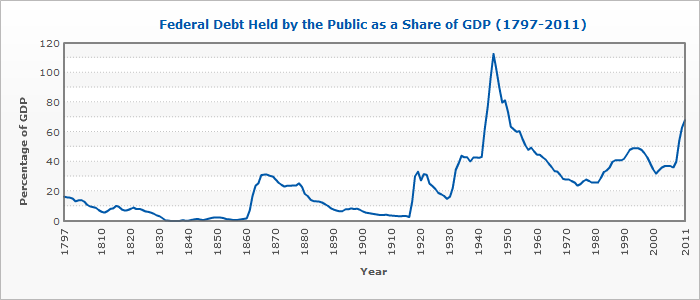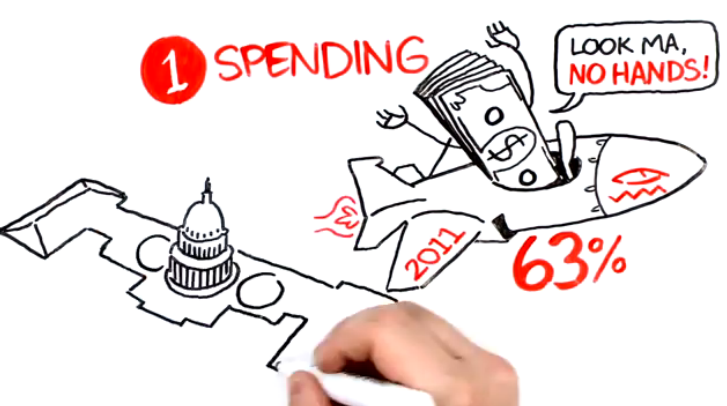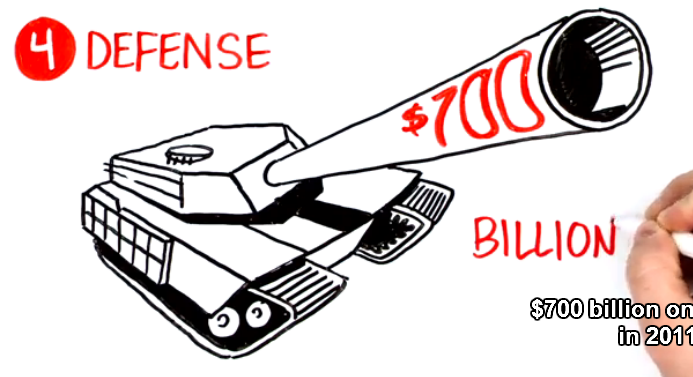What is the fiscal cliff?
This term has become a popular way to describe the abrupt changes expected in the beginning of 2013 due to the expiration of Bush-era tax cuts, and the mandatory cut of several areas of government spending. The NY Times does a great job explaining it here.
The US has been a deficit spender for the last 200 years
Lots of drama right now about the fiscal cliff, but oddly, debt is not a new story for the US. The graph below from the US GAO shows that the federal debt spiked during WWII, and has been in a range between 30-60% of GDP for the last fifty years. Sad, but true.
Leverage can be good . . .
As you learn in finance, debt can be a good (and often cheap) way to fund growth. It is all about what the money is used for. If you are getting a good return on investment – productivity or growth – good for you.
. . . or it can be very bad
Debt becomes a monster when you start getting a lower (or even negative) return on your money. That is what happened to the global economy over the last few years as growth slowed and everyone just kept borrowing.
The fiscal cliff is a symptom, not the root cause
David Wessel, Wall Street Journal economics editor, explains the main factors of the US budget in this short video (since removed, not available 🙁 He makes this consultant proud by boiling it down to 5 main points:

Most spending (63%) is on auto-pilot
- 1 out of every 4 dollars goes to healthcare spending. Costs continue to rise
- The US government employs 4 million people, but wages only make up $435 billion, even if you fired everyone, it would only reduce the deficit by 1/3
- 1 out of every 4 dollars goes to defense ($700 billion in 2011). This is more than the defense budgets of the next 17 countries together
- The US borrows 36cents for every dollar we spend, much of it from overseas

Debt reduction is good
Actually, I am a huge fan of the US government becoming more solvent, improving its credit rating, and generally spending less than it makes. If you and I can be frugal, then so can our government. The only concern is that it is too much belt-tightening during a fragile part of the recovery. It’s as if we know we need to go on a financial diet, we just don’t want to start now.
US debt clock

Post-script: Aptly titled HBR blog The Fiscal Cliff is Just a Long-Overdue Hangover
